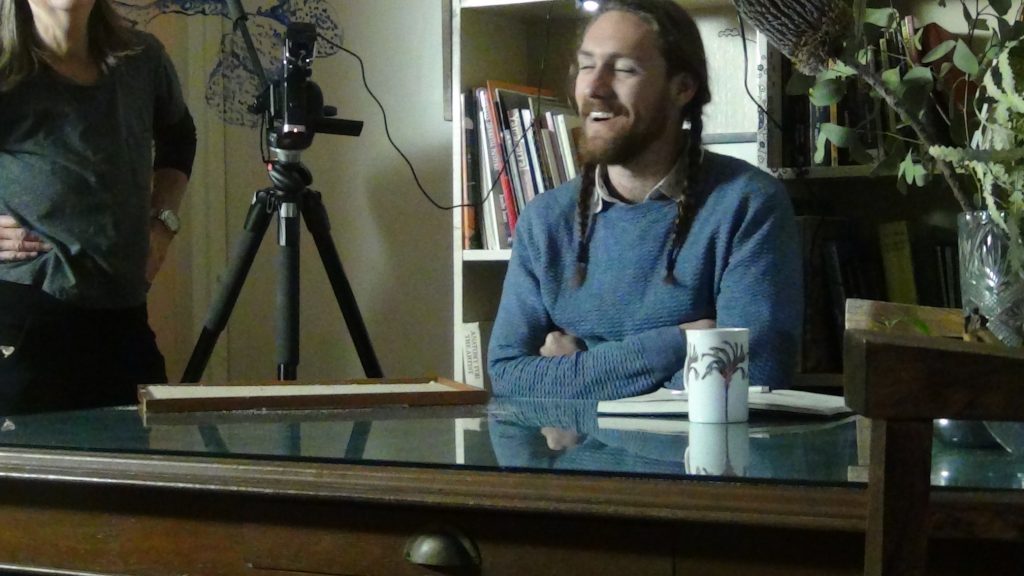
Yesterday’s Zoom meeting was hosted and facilitated by Andrew Constable in Hobart.
As I reflect on the meetings so far I feel a shift away from nervousness within myself and others, as we get to know each other and start expressing hopes and fears about what we are doing: bringing together voices from the sciences, arts and cultural knowledges, towards assessing and expressing the health of the Southern Ocean in ways that a child may understand.
Last week I had sensed in some of us a nervousness around working with Indigenous cultural knowledge systems, and, in others, a nervousness around working with scientists and academics. So, what’s the shift?
I for one feel a lot more confident that we can do this, accepting that nervousness is part of the process of learning to see from more perspectives than my own.
And, just as she did last week, Lynden chose to be a fly on the wall and to write a response to our meeting, but this week Lynden opens up and tells her story about developing, with Indigenous people where she lives in Ballarat, the deeply confronting ‘Prime Ministers’ project. This project made tangible, as a live performance, official lines of thought on Aboriginal Australians expressed by Prime Ministers over time. White actors stood beside statues of Prime Ministers and spoke from written records. Aboriginal Australians stood beside them and responded from their own knowledge and experience of dispossession since colonisation.
This week Lynden wrote her personal response to our meeting in a way that invites readers into her ‘primal’, imaginative world, as an otter.
UTS Science PhD candidate Ellery Johnson joined our meeting for the first time today, inspired by his reading of Tyson Yunkaporta’s ‘Sand Talk’ (2019). Afterwards he came to my house for guidance on planning an animation to visualise his PhD. His plan is to draw in sand some symbols for patterns in waterways and disruptions to these patterns, in a way that viewers can imagine themselves drawing as children.
Ellery described his own transformative experience of embodying his science story through this primal, tangible process of drawing in sand.
I later did this little test and felt what Ellery describes as movement in the mind and body, as logical thinking combines with deeply felt relationships known from lived experience and scientific data:
